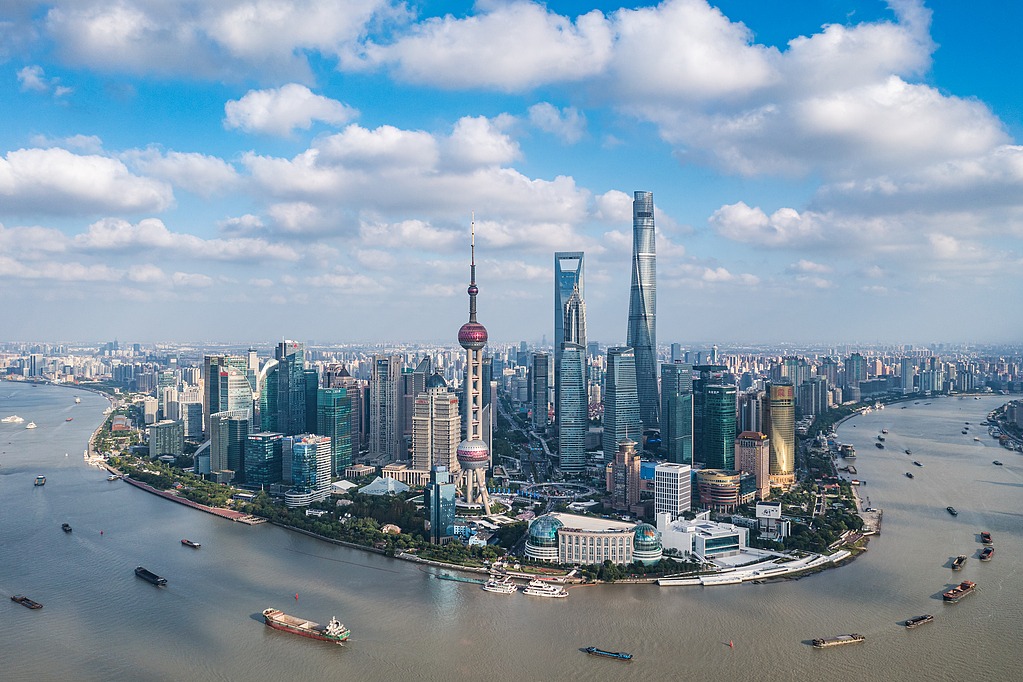To retain manufacturing edge, raise workers' pay


Editor's Note: More than 46,000 General Motors' workers affiliated to the United Auto Workers' union went on a strike recently demanding higher pay, better benefits and job security. 21st Century Business Herald comments:
A recent documentary on US factories best illustrates the decline of the American manufacturing industry. As the cost of labor increased in the United States, a host of enterprises shifted their manufacturing units to countries and regions where the labor cost was low, leading to a large-scale migration of manufacturing units from the US.
That the US lost 5.7 million manufacturing jobs in the first decade of this century alone should give an idea of the massive impact of this industrial migration. To attract the manufacturing enterprises back to the US, the Barack Obama administration adopted a "re-industrialization" strategy.
The trade war the US has launched is a continuation of that strategy, as it is aimed at damaging China's industrial base, so that US enterprises shift their manufacturing units back to the US. But considering the size of the Chinese market, the migration of some enterprises from China is unlikely to deal a serious blow to China's manufacturing base.
Nevertheless, China's manufacturing enterprises have to increase the employees' pay to retain them as there is a "shortage of laborers"-in part due to the low birth rate and rising aging population. Also, with employers seeking to improve efficiency through technology upgrading, a shortage of highly skilled workers has emerged, which, along with younger people's reluctance to join the manufacturing sector as workers, poses one of the biggest challenges to China's manufacturing sector.
Employers should realize that young people no longer work for survival alone; they also seek higher pay, better welfare healthy working environment and better living conditions. Which means employers can no longer afford to ignore employees' demands in their pursuit to increase production.
Due to the shortage of highly skilled workers and its diminishing demographic dividend, China needs to pay greater attention to its industrial workforce in order to maintain its competitive edge in manufacturing.
































